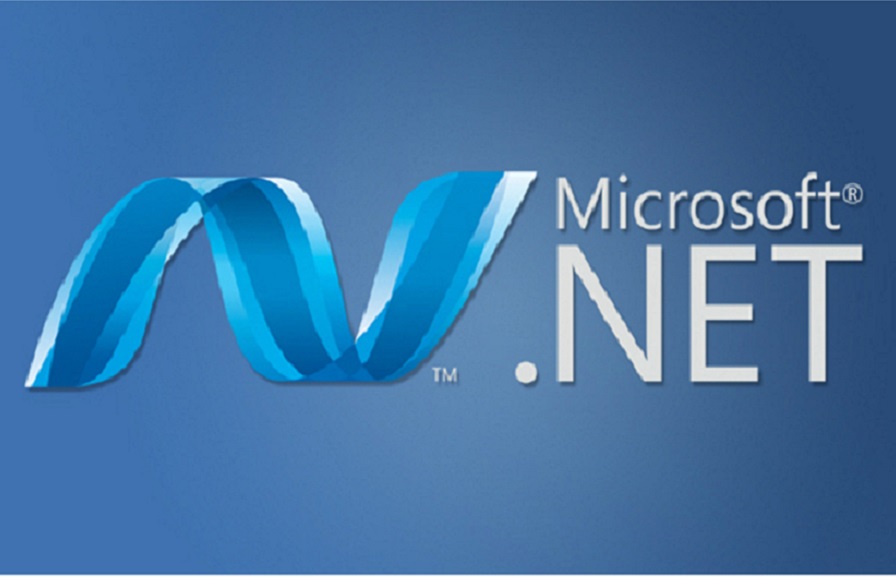.NET Framework pronounced dot net is a software framework developed by Microsoft that runs primarily on Microsoft Windows.
Microsoft also produces an integrated development environment largely for .NET software called Visual Studio.
NET is cross-platform, open source developer platform for building many different types of applications. With .NET, you can use multiple languages, editors, and libraries to build for web, mobile, desktop, and IoT.
.NET Core is a cross-platform .NET implementation. It is a programming framework created by Microsoft that developers can use to create applications more easily.
